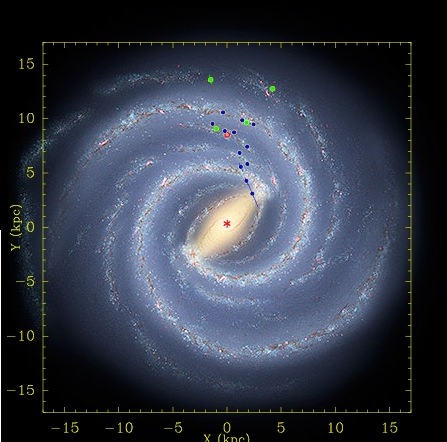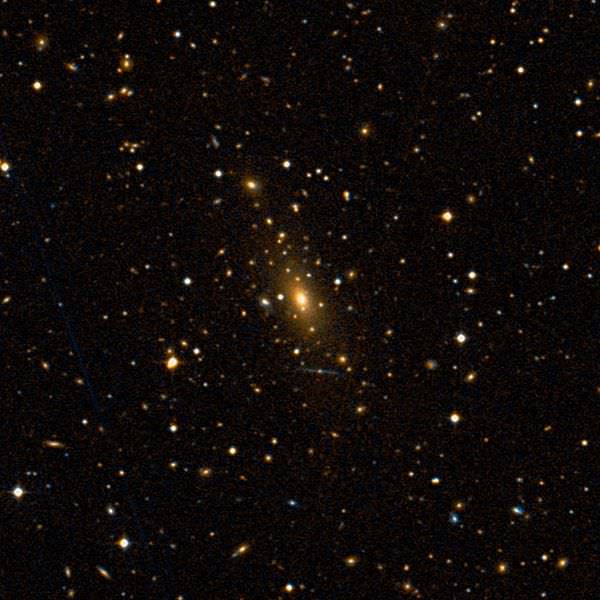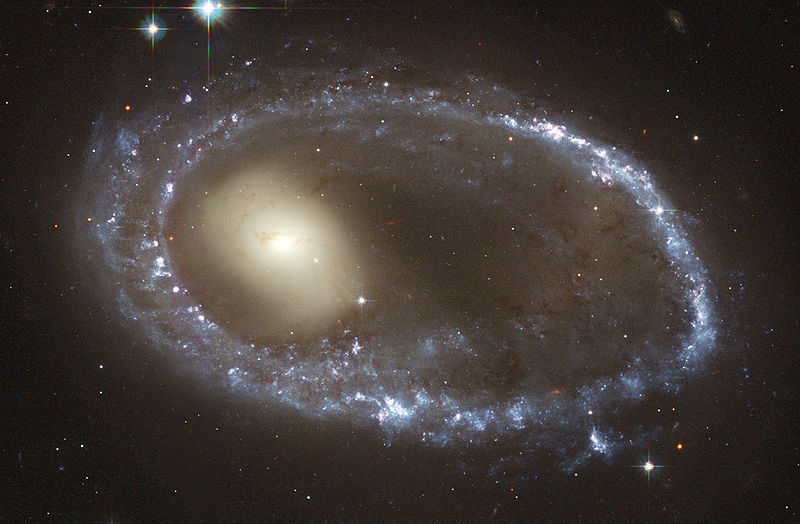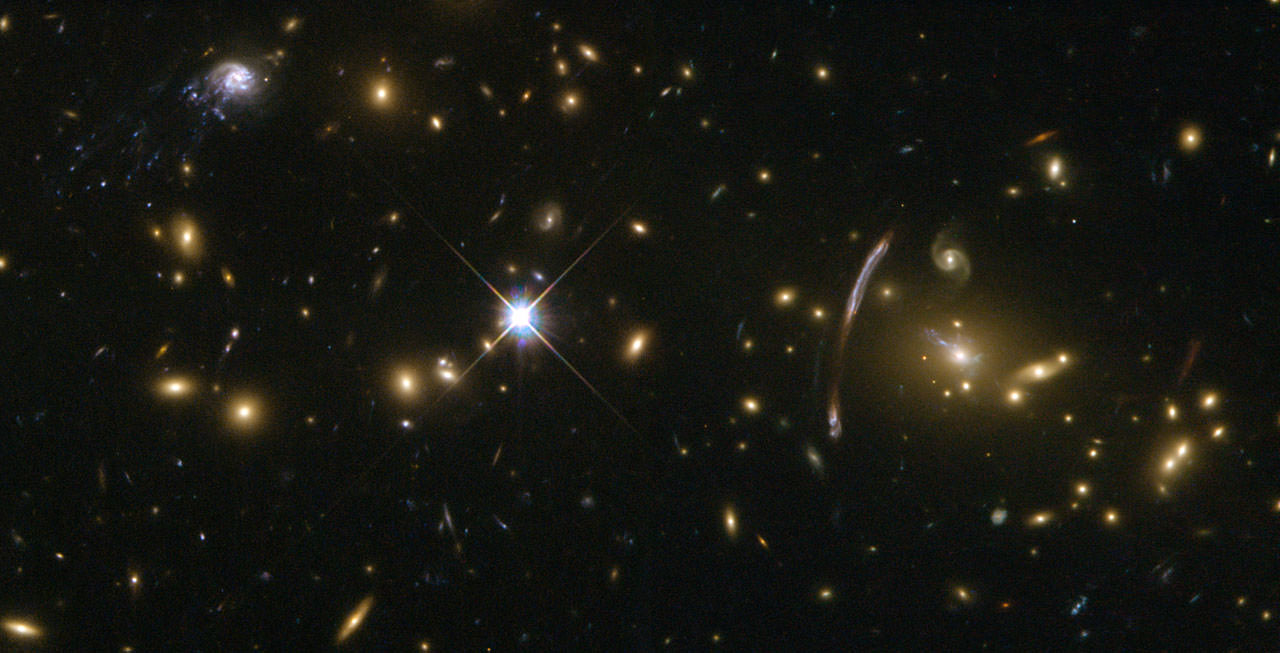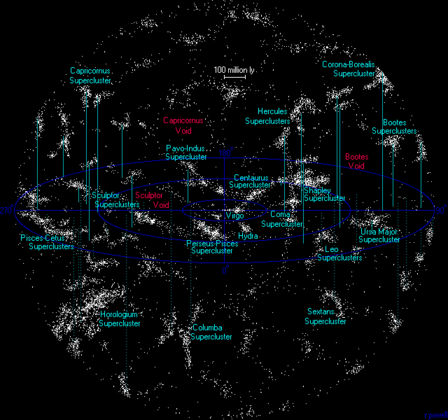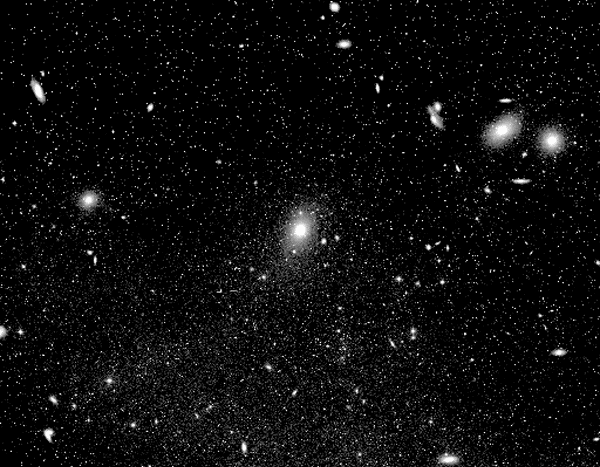[/caption]
Just like the Earth orbits the Sun, the Sun itself is part of the Milky Way galaxy. It takes about 220 million years for the Sun to complete a single journey around the Milky Way. But the Sun also bobs up and down as it travels in orbit around the center of the galaxy. The oscillation takes a total of 64 million years to complete. And there’s a moment when the Sun passes directly through the galactic disk and there’s a perfect galactic alignment between the Sun and the center of the galaxy.
When’s that galactic alignment going to happen? It’s almost impossible to know exactly. The Milky Way is 100,000 light-years across, but only 1,000 light-years thick. So during the course of that 64 million year cycle, the Sun rises above the galactic plane 500 light-years, passes down through the galactic plane, until it’s 500 light-years below and then comes back up again.
There has to be a moment when everything’s in perfect alignment, but the timescales are so long that astronomers couldn’t calculate it. Of course, this alignment with the center of the galaxy doesn’t have an effect on the Earth or the Solar System, it’s just like crossing an imaginary line in space, like traveling from Canada to the United States in your car.
There’s another type of galactic alignment. This is where the Earth, Sun and the center of the galaxy are in perfect alignment from our perspective. This actually happens every year during the winter solstice, on December 21st. Because of a wobble in the Earth’s orbit, the positions of the constellations slowly shift from year to year. The most perfect galactic alignment between the Earth, Sun and the center of the Milky Way happened back in 1998, but now we’re slowly shifting away from that alignment. In the coming decades, the perfect alignment will shift to another day.
Again, the alignment of these objects is purely a coincidence.
We have written many articles about galaxies for Universe Today. And we’ve written many articles about the 2012 myth. Here’s even more info on the supposed 2012 planet alignment.
If you’d like more info on galaxies, check out Hubblesite’s News Releases on Galaxies, and here’s NASA’s Science Page on Galaxies.
We have also recorded an episode of Astronomy Cast about galaxies – Episode 97: Galaxies.
Sources:
NASA: Solar and Galactic Motion
NASA: Size of the Milky Way



